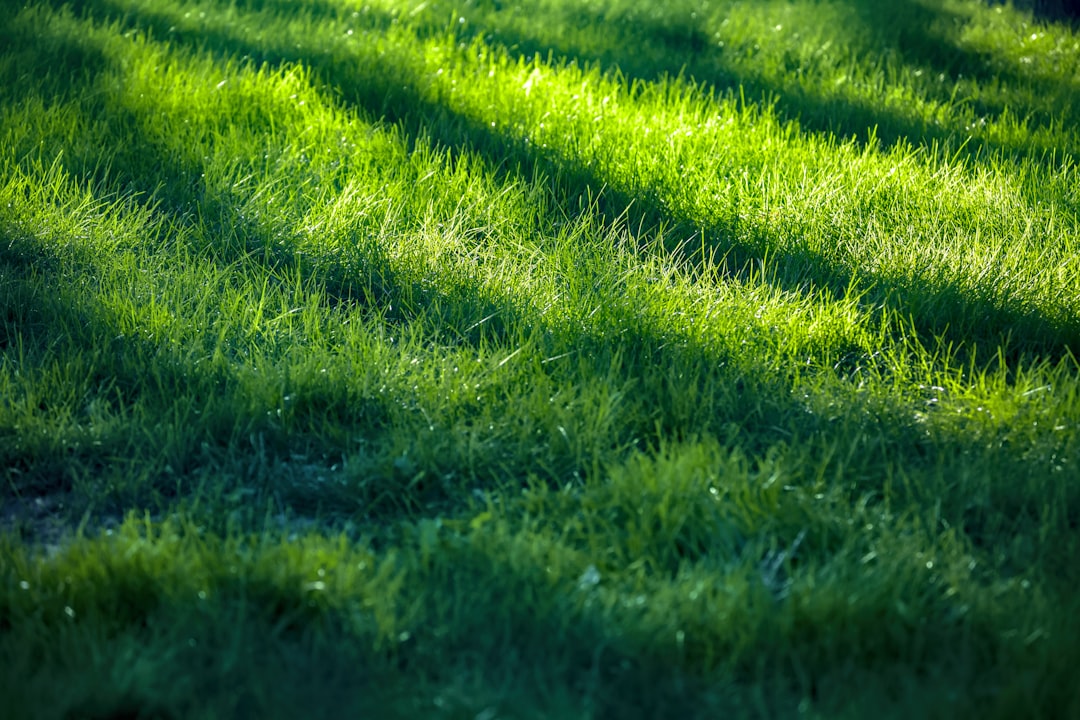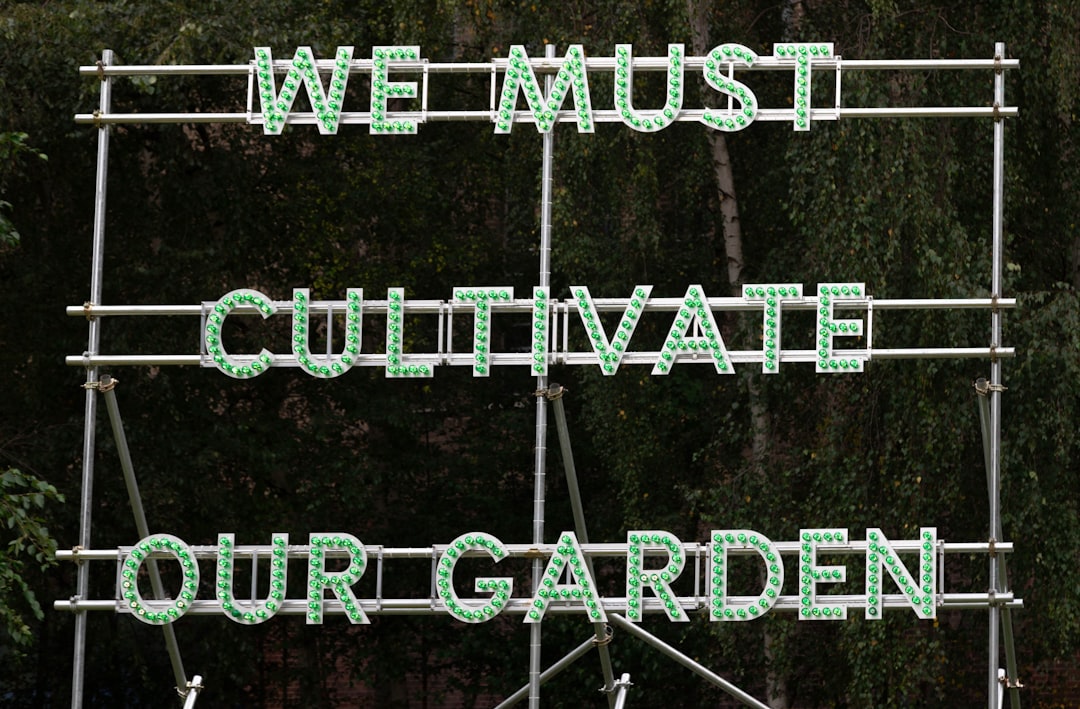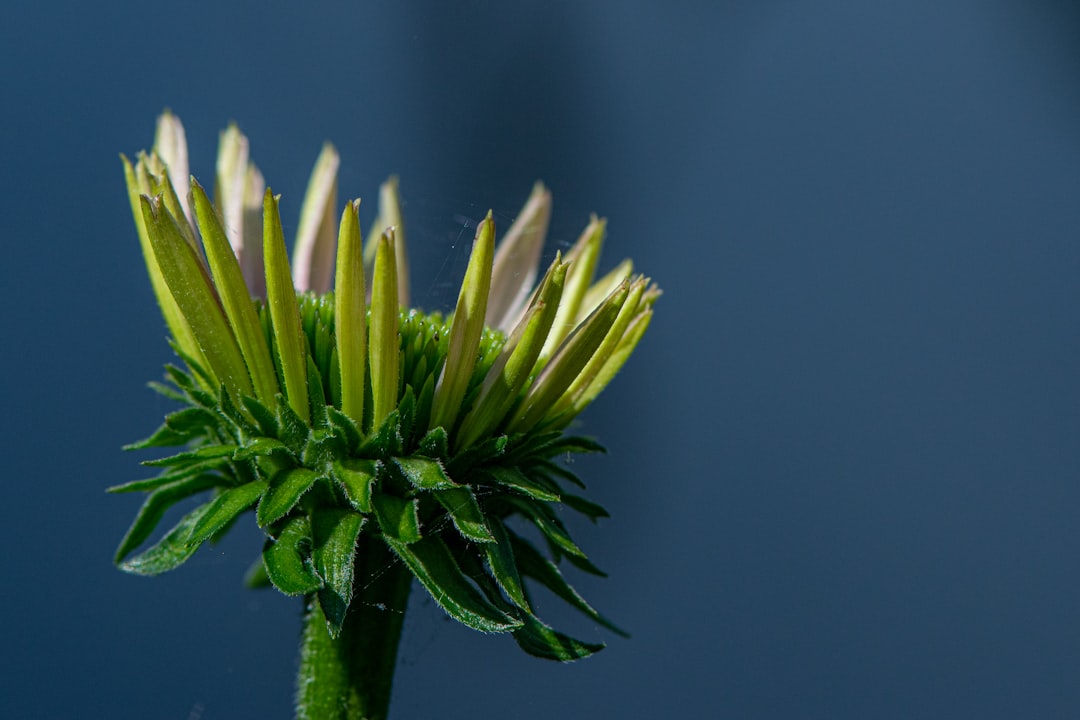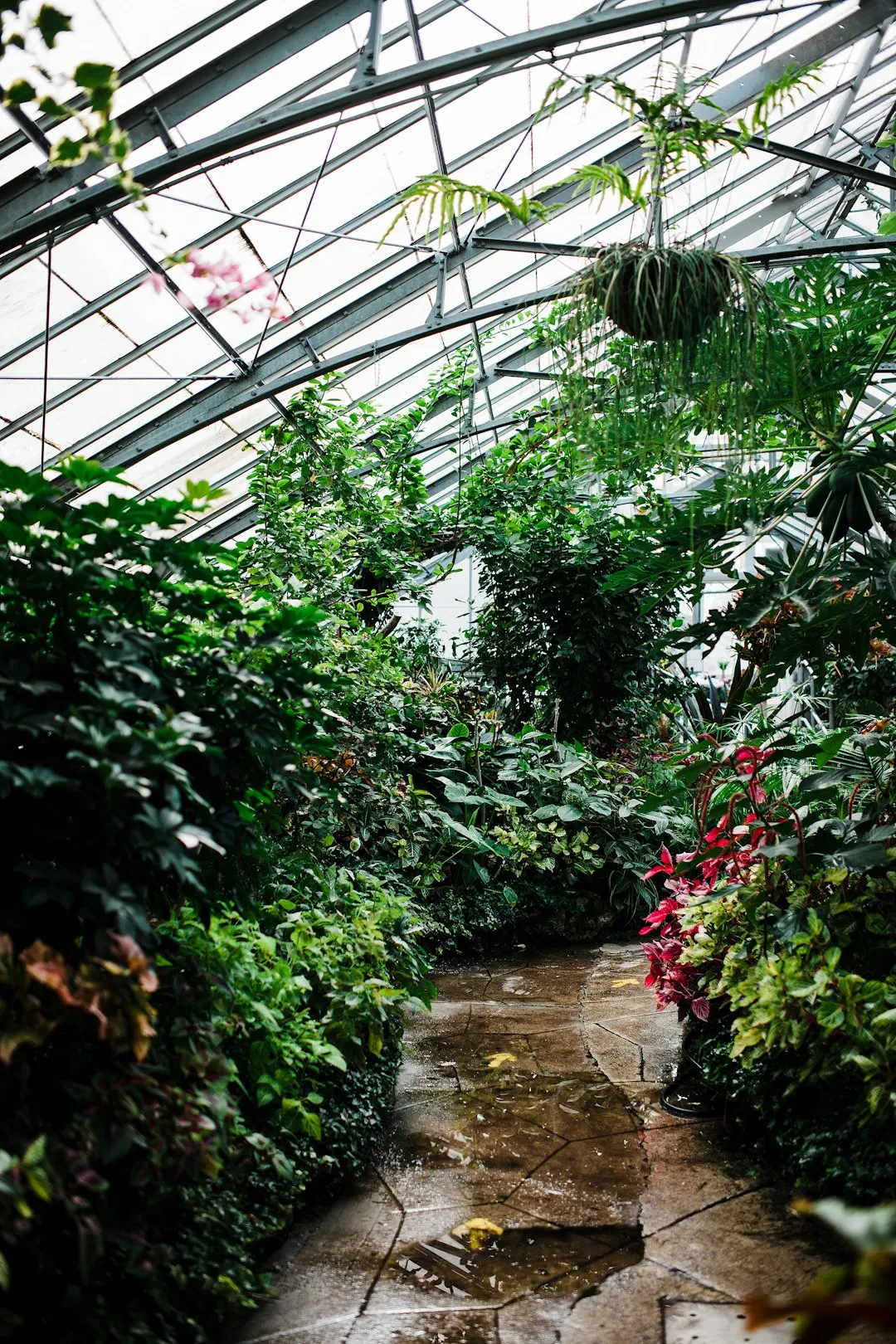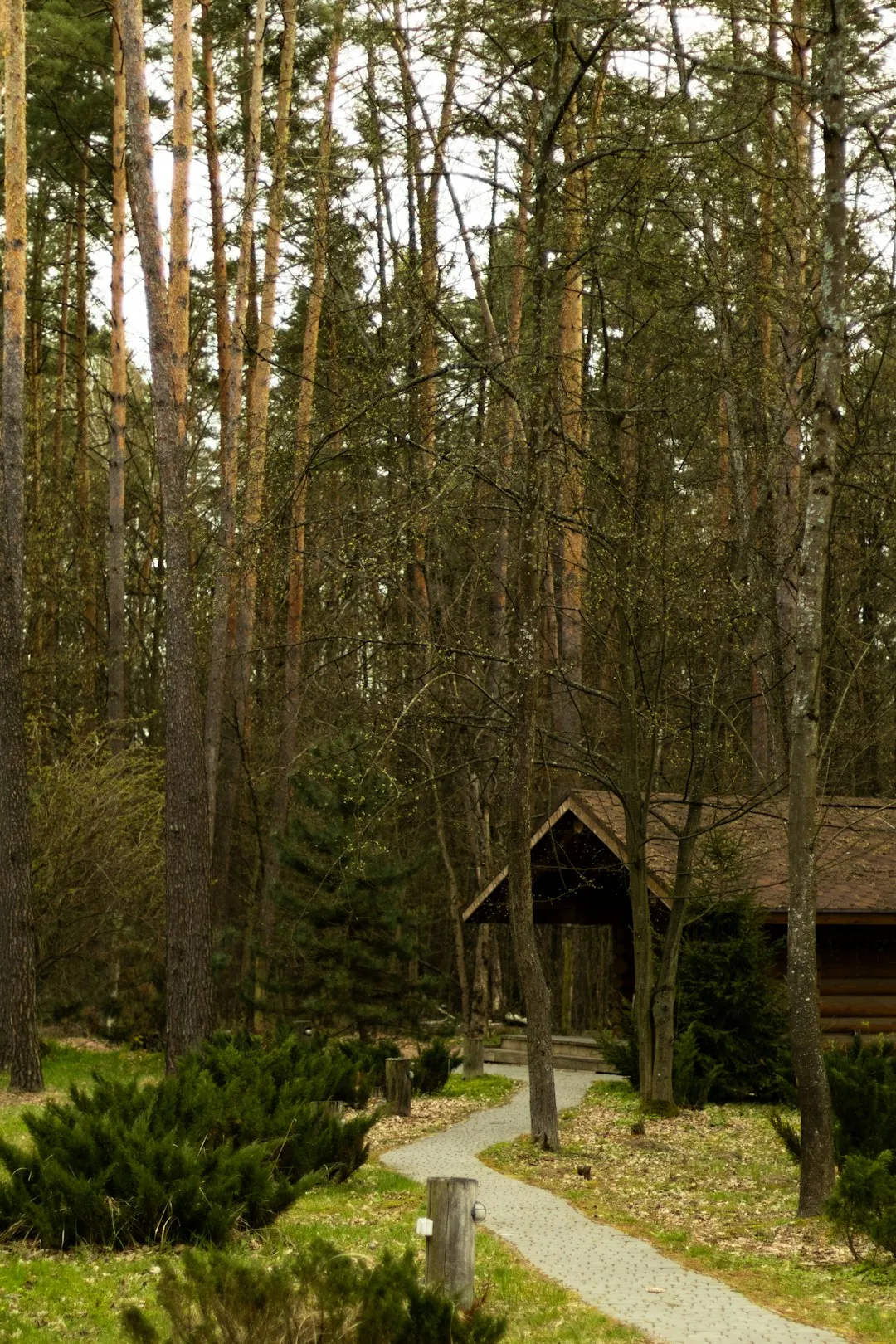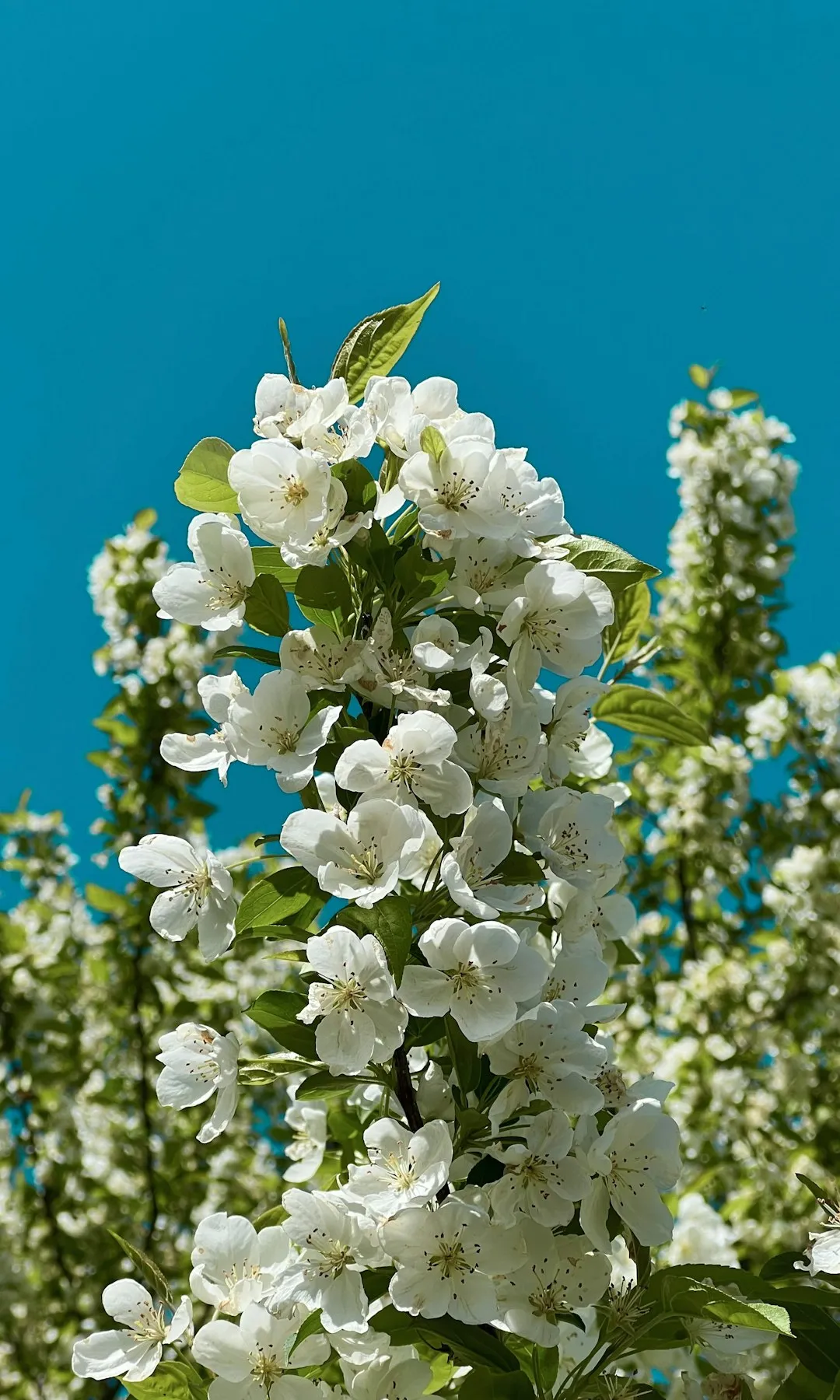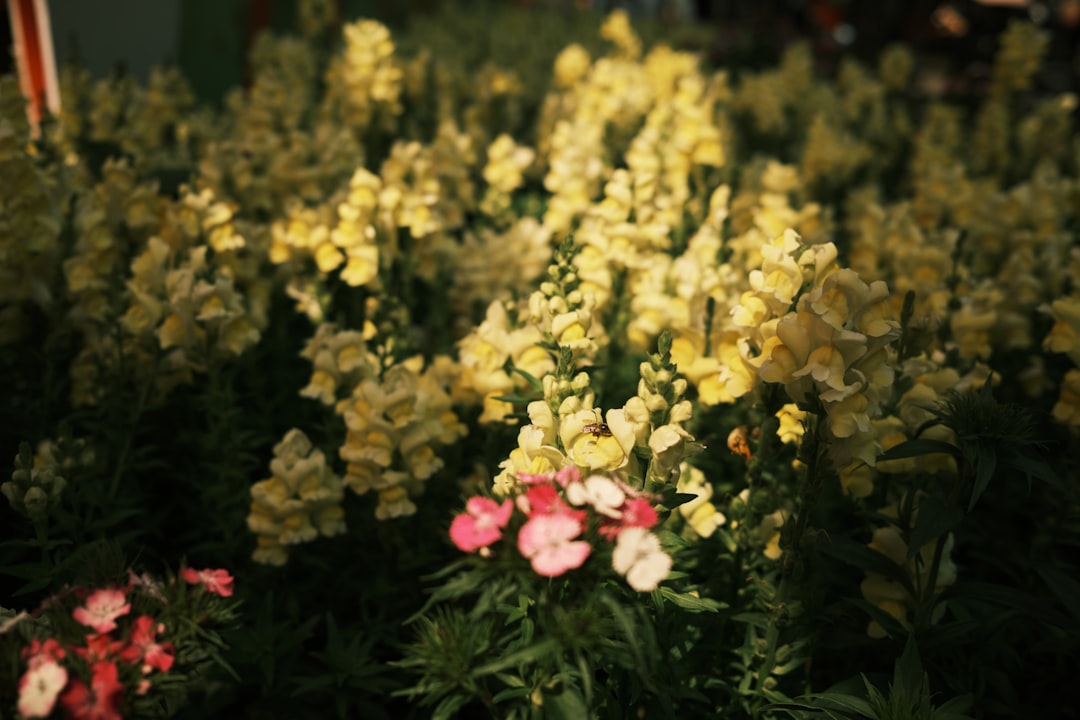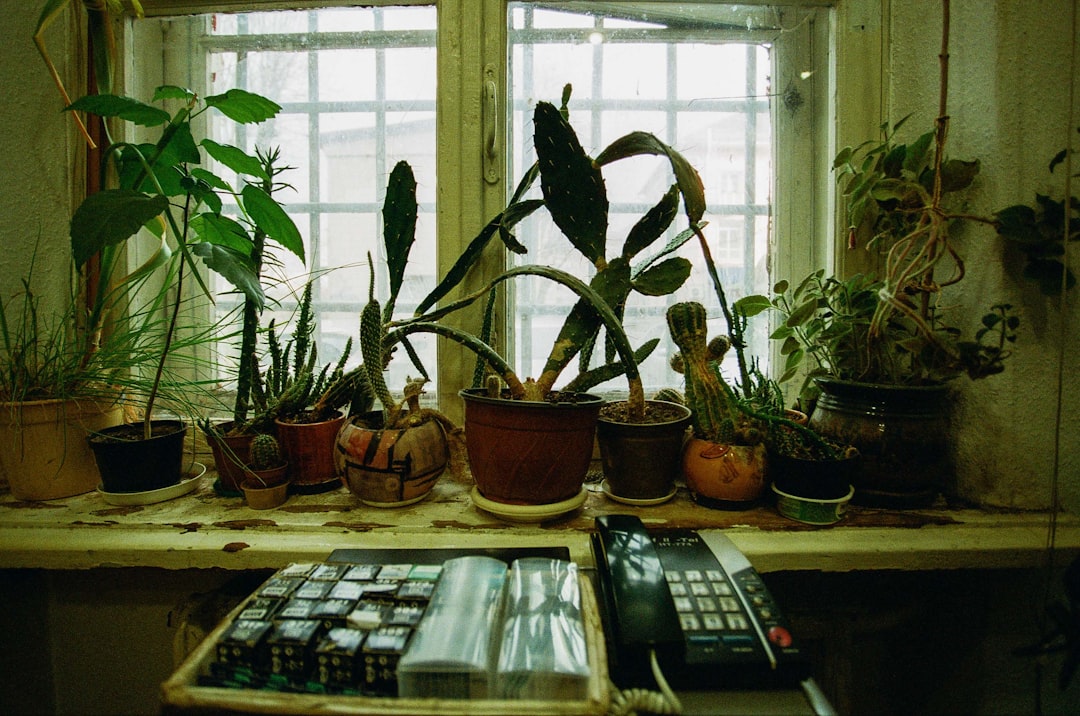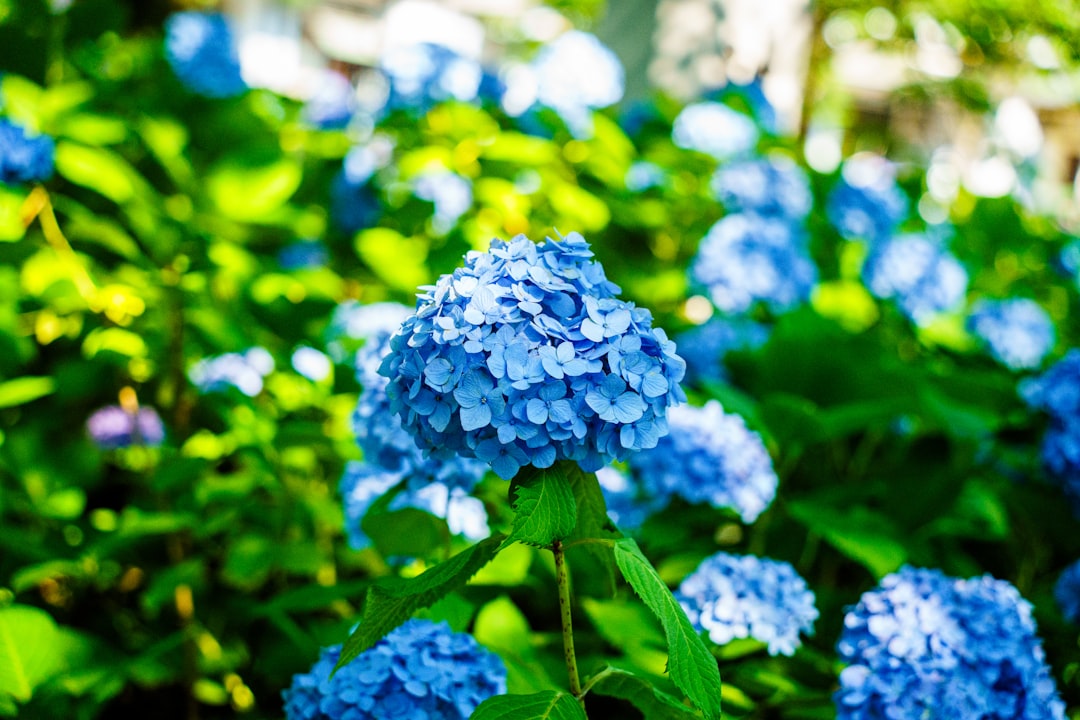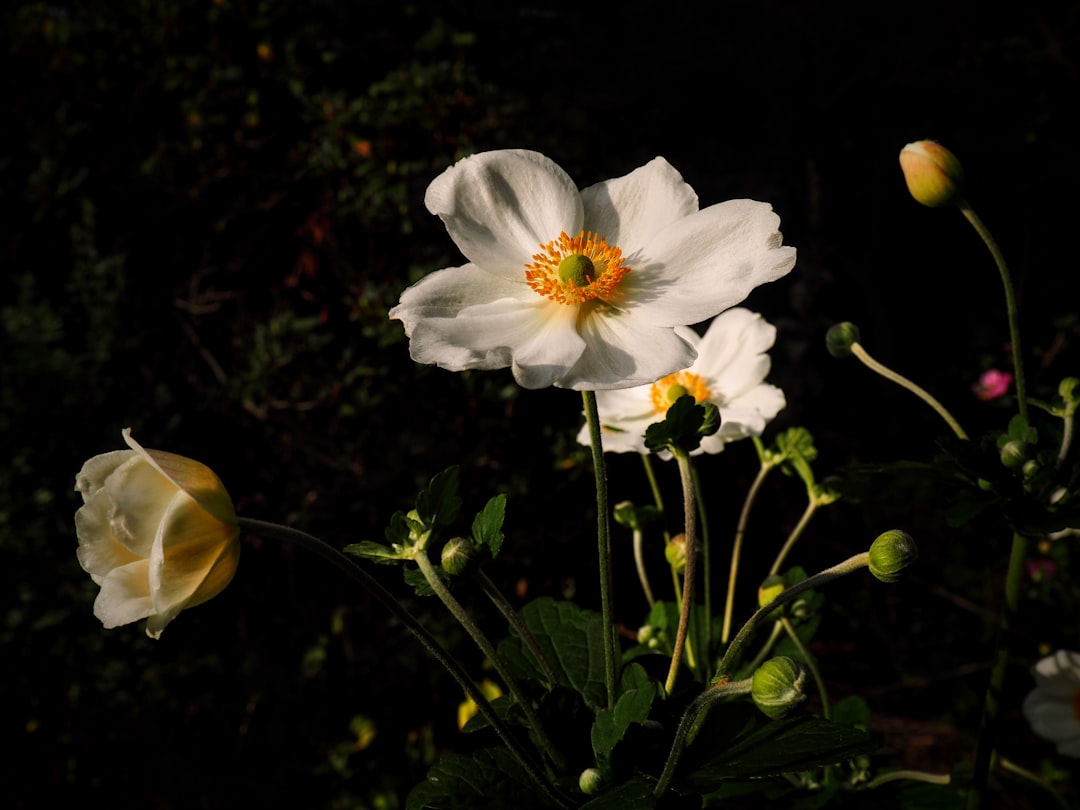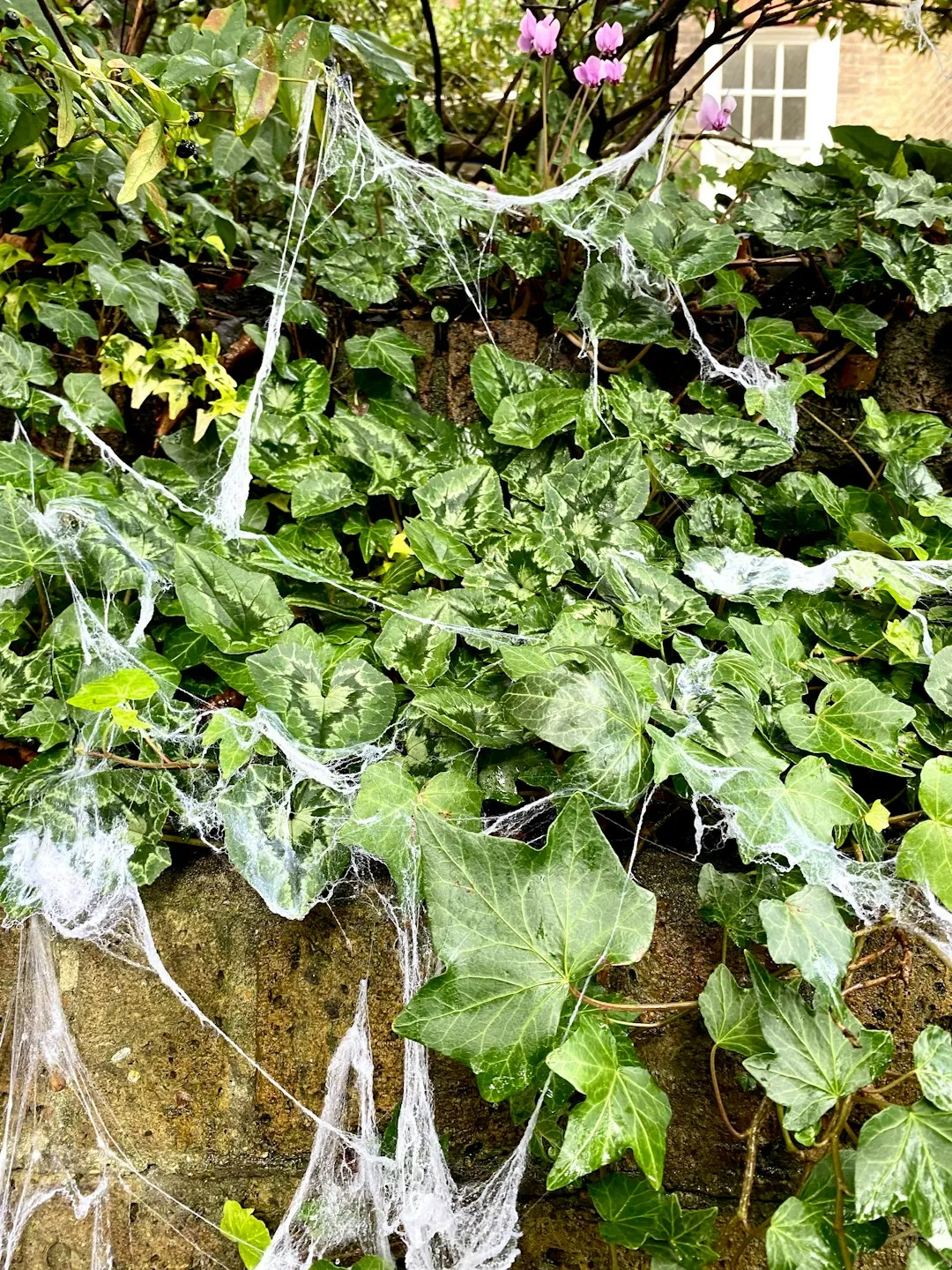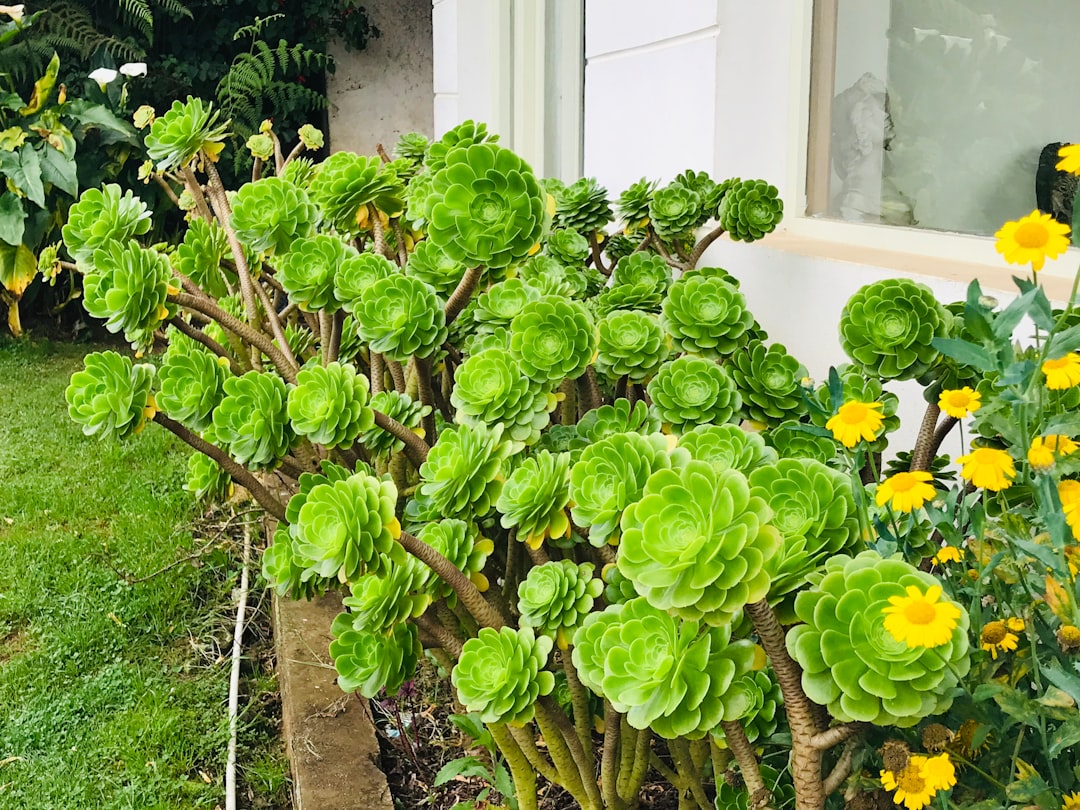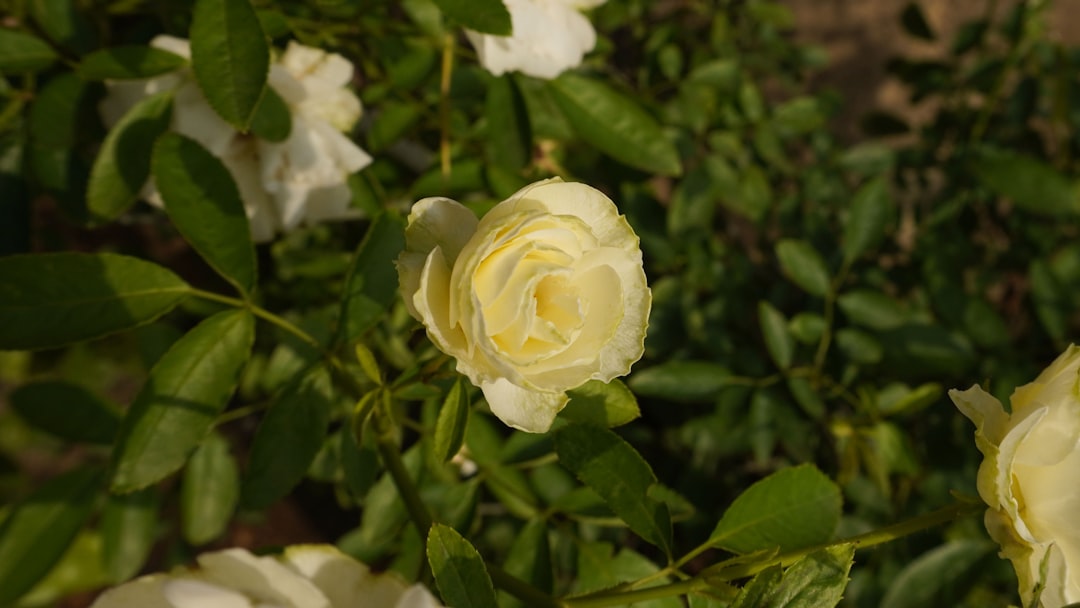Late summer and early fall can be a challenging time for gardeners. As the seasons transition, a variety of garden pests and other issues tend to flare up, threatening the health of your plants and even your well - being. In this article, we'll explore some expert tips on how to protect your plants and yourself during this period.
One of the most common pests during late summer and early fall is the aphid. These tiny insects can quickly multiply and infest your plants, sucking the sap from leaves and stems. To deal with aphids, you can start by using a strong stream of water to wash them off the plants. This is a simple and environmentally friendly method. If the infestation is severe, you can consider using insecticidal soaps. These soaps are made from natural ingredients and are less harmful to beneficial insects compared to chemical pesticides. When applying insecticidal soaps, make sure to follow the instructions on the label carefully. Spray the solution on the affected plants, covering both the upper and lower surfaces of the leaves.
Another pesky problem is the presence of slugs and snails. These mollusks are most active during the cool, damp evenings of late summer and early fall. They can cause significant damage to your plants by chewing large holes in leaves and devouring young seedlings. To control slugs and snails, you can set up beer traps. Bury a shallow container, such as a yogurt cup, in the soil near the affected plants. Fill the container with beer, which will attract the slugs and snails. They will crawl into the container and drown. You can also create barriers around your plants using materials like crushed eggshells or diatomaceous earth. These substances have sharp edges that will deter slugs and snails from crossing them.
Fungal diseases are also a major concern during this time of the year. The warm and humid conditions can create an ideal environment for fungi to grow. Powdery mildew is a common fungal disease that appears as a white, powdery coating on the leaves of plants. To prevent powdery mildew, make sure your plants have good air circulation. Avoid overcrowding your plants and prune any dense foliage. If powdery mildew does appear, you can use a fungicide. There are both chemical and organic fungicides available. Organic fungicides, such as neem oil, are a good option as they are less toxic. Mix the neem oil with water according to the instructions and spray it on the affected plants.
Weeds can also be a nuisance in the late summer and early fall garden. They compete with your plants for nutrients, water, and sunlight. To control weeds, you can use mulch. A layer of organic mulch, such as wood chips or straw, can help suppress weed growth. It also helps to retain moisture in the soil and improve soil fertility. You can also manually pull out weeds, especially when they are young and their roots are not well - established. Make sure to remove the entire weed, including the roots, to prevent regrowth.
When dealing with these garden pests and problems, it's important to protect yourself as well. Wear gloves when handling pesticides or working with plants that may have thorns or irritants. If you are using chemical pesticides, make sure to wear a mask and follow all safety precautions. Wash your hands thoroughly after working in the garden. Also, be aware of any potential allergic reactions to plants or pesticides. If you experience any symptoms such as itching, swelling, or difficulty breathing, seek medical attention immediately.
In conclusion, late summer and early fall gardening requires vigilance and proactive measures to deal with pests and problems. By following these expert tips, you can protect your plants and enjoy a healthy and beautiful garden. Remember to stay informed about the latest gardening techniques and products, and don't hesitate to seek advice from local gardening experts if you encounter any difficulties.
